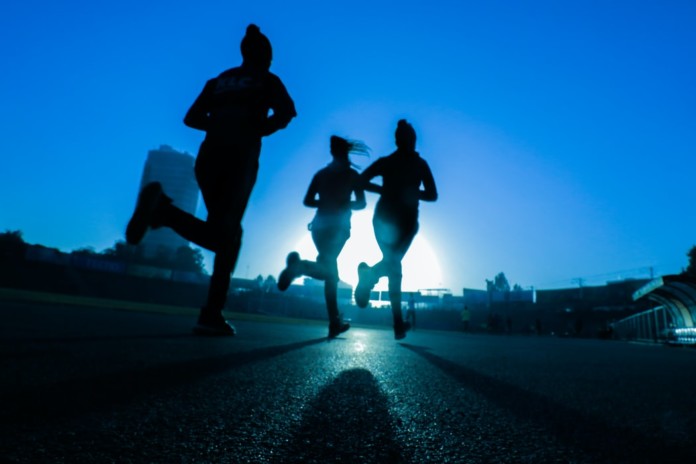Sports injuries put a damper on progress and for any athlete it can feel like the end of the world. Coming out of the Olympics you might see athletes running on a sprain or break. While it might seem like a good thing to do, for the average athlete, it’s not usually the best idea. Thankfully, most people can recover from sports injuries if they take the time to do it. It’s vital that you don’t go full force into your sport while you’re injured because this can lead to more permanent damage or surgery.
Rest
The best thing you can do for your injury is to rest it. If you tore muscles, sprained joints, or got a fracture, it will heal if you don’t use it. Resting means not using that limb or part of your body or doing exercises that could hurt that part of your body. Taking a break allows your body to regenerate cells, reduce swelling, and decrease pain. Rest is vital. Ice, elevation, and sitting or laying down can help you heal and get back to doing the sports you love most. Ice should be applied to an injury immediately to reduce swelling.
Diagnosis
Don’t hobble around on an injury. Get checked out immediately to find out what the damage looks like. A quick diagnosis means you can get a quick plan to help you recover fast. The longer you wait for a diagnosis, the more likely you can further injure yourself. One of the issues with athletes who have recurring injuries is that they don’t take the appropriate amount of time to get better. Nothing is worse than a broken bone, knee injury or an ACL sprain. You want a doctor that knows the symptoms and can readily diagnose a sports injury. Knee/joint pain, popping sounds, limited mobility, and discomfort while walking are all signs of a sports injury, so getting a professional diagnosis is one of the first steps toward recovery.
Time
Some injuries can heal in a matter of weeks, while others will take months or up to a year to fully recover. This time can feel like a setback for many athletes, but if they want to get back in the game, it’s best to follow all the medical advice they can get to ensure they get better. It’s true that with enough time, an injury will heal and an athlete can start training once again. If you want to heal as quickly as possible, give your injury the time it needs. No more, no less.
Gentle Exercise
While rest is important, it may be possible to do some gentler exercises. Athletes who already have a lot of muscle mass and strength are often able to withstand more activity than the general population. It’s important to find a professional near you who specializes in the types of physical therapy you need. Physical therapy in Danbury, CT will be a lot different than one in Hartford, New York, or Los Angeles.. They’ll help you discover functional movements that won’t further injure your body. Something like swimming is a good option for joint injuries because it alleviates a lot of pressure from the wound.
These professionals can also prescribe activities to help with range of motion early in the process. While it may not be possible with some injuries, continuing range of motion while you’re injured can improve the healing and recovery process. Once the injury is healed, it’s crucial to know your limitations and understand how to ease back into your exercises.
Walking
Walking is a natural exercise that almost anyone can do. Medical professionals work hard to ensure sports injuries are protected, but that their patients can get back to natural movements as quickly as possible. Even with a sprain, it’s possible to get back to walking in a short amount of time if you follow the doctor’s orders. Walking helps maintain muscle, improve range of motion, and even aids in building core strength.
Focus on Nutrition
Certain supplements can help you recover from an injury quicker. Vitamin C and Collagen are beneficial for bone breaks. Collagen helps repair joint injuries as well. Eating healthy foods, lean protein, and avoiding junk will help you maintain your physical fitness even if you aren’t working out as hard. A diet filled with enough fresh fruits and vegetables and even some extra protein in the form of protein powders can help reduce the risk of muscle atrophy. Athletes will want to eat foods or supplements rich in calcium and Vitamin D. This aids in healing injured muscles, tendons, joints, and bones. Focusing on nutrition also gives you goals to work on.




